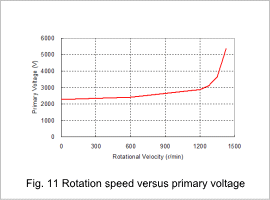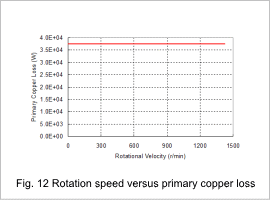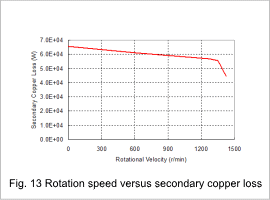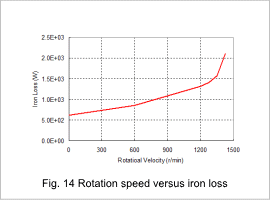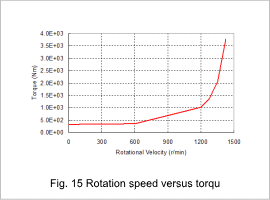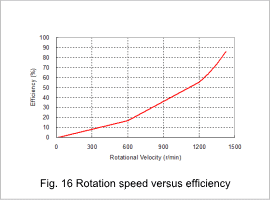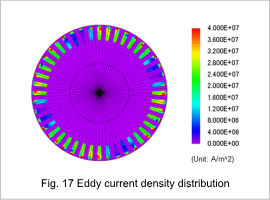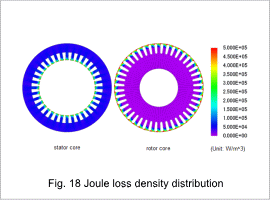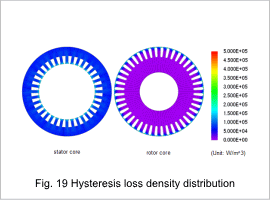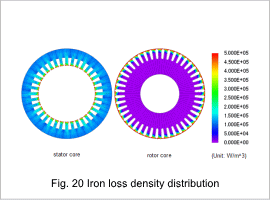Overview
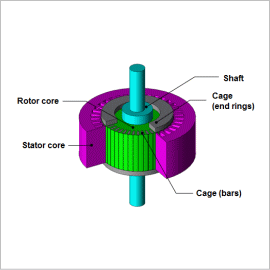
In an induction motor, the current induced by the auxiliary conductor exerts a large influence on its characteristics. It also causes strong magnetic saturation in the vicinity of the gap, in particular. This is why a magnetic field analysis based on the finite element method (FEM) is useful when investigating the motor’s characteristics for a design study.
This Application Note explains how to confirm drive characteristics such as torque, loss, and efficiency in an induction motor when its rotation speed changes.
Drive Characteristics (Voltage Control)
The primary current, primary copper loss, secondary copper loss, iron loss, torque, and efficiency with changing rotation speeds during voltage control are shown in figures 1 through 6. The eddy current density distribution, joule loss density distribution, hysteresis loss density distribution, and iron loss distribution at maximum efficiency are shown in figures 7 through 10.
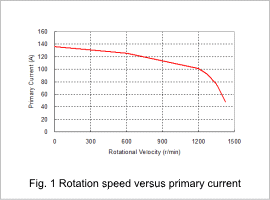
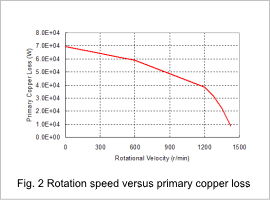
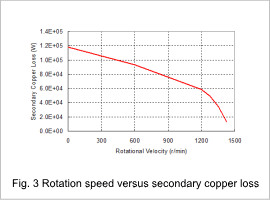
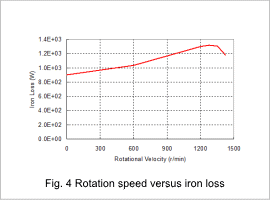
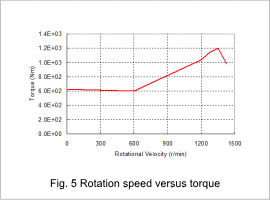
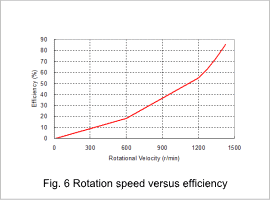
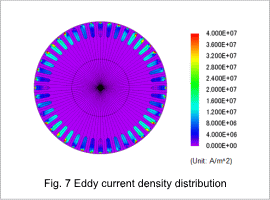
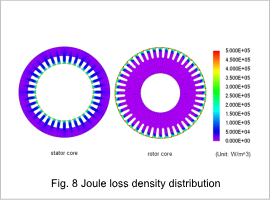
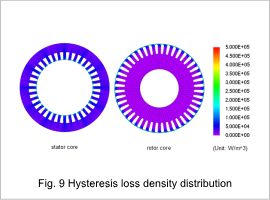
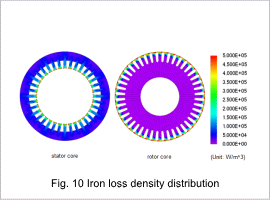
Drive Characteristics (Current Control)
The primary voltage, primary copper loss, secondary copper loss, iron loss, torque, and efficiency with changing rotation speeds during current control are shown in figures 11 through 16. The eddy current distribution, joule loss density distribution, hysteresis loss density distribution, and iron loss distribution at maximum efficiency are shown in figures 17 through 20.
